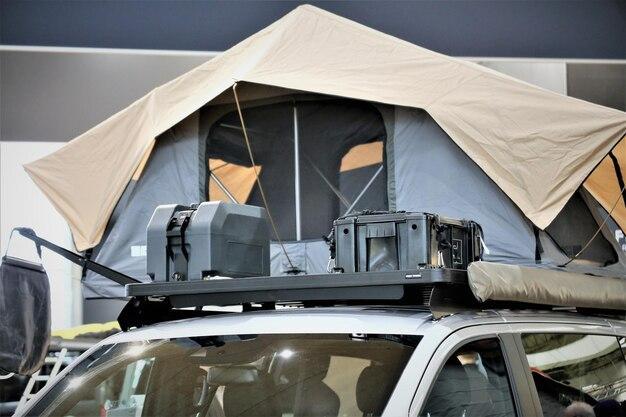Awnings add style and protection from elements. But ongoing care sustains their benefits. Regular cleaning keeps fabric and poles corrosion-free. Proper storing between uses prevents damage. For houses and businesses, awnings are a crucial external element that offers shade, protection, and aesthetic appeal. But with time, weather exposure can cause awnings to become discolored, moldy, or broken if they are not properly maintained.
Any awning material’s life span must be maximized via regular maintenance. The finest ways to maintain your awnings’ condition over the seasons will be discussed in this post. This covers how to store and clean awnings while they are not in use. Awning owners may preserve their investment and guarantee that the covers operate efficiently when needed by adhering to these tips.
Cleaning Fabric Awnings
Brush or vacuum away surface dust regularly. Add softener to warm water in a pump sprayer for deeper cleaning. Mist fabric gently away from sunlight. Avoid high-pressure washing which may saturate fabric over time.
For stubborn dirt, mix mild dishwashing liquid into solution. Lather with a soft brush and rinse thoroughly. Air dry completely before retracting or folding. Direct sun speeds drying but also fades fabric faster over the years.
Mildew grows where moisture stagnates. Treat visible spots with diluted bleach or commercial cleaner. Rinse away residue which also inhibits future growth. Mildew removal maintains an awning’s fresh appearance season after season with small effort.
Maintaining Metal Poles and Hardware
Rust deteriorates awnings from inside poles outward. Wipe equipment dry after storms. Periodically spray or wipe on car wax or automotive protectant to sealed poles and moving joints.
Inspect hardware bolts and hinges annually for tightness. Retighten screws and lubricate hinges lightly as needed with all-weather grease. Proactively addressing wear avoids costly repairs down the line. Lubrication keeps seasonal set-up and takedown hassle-free too.
Winterizing Outdoor Awnings
Retract fully when below freezing to avoid ice damage. Seal roller tubes against moisture with silicone or automotive undercoating. Extend drop cloths under the base if condensation accumulates inside the frame.
For uncovered decks, detach hardware from wall or post mounts to overwinter indoors or in a protective covering like a 3 Sided Vehicle Awning. Support poles with brackets off the floor to circulate air underneath. Prolonged sun, temperature shifts, and wind rapidly degrade fabric left outdoors year-round.
Storing Retractable Awnings
Roll the fabric fully onto the bar. Wipe mechanisms clean and lubricate parts before storing them off-season. Many retractable stands upright or hang on garage walls. Freestanding canvas models fold for convenient compact storage.
Shelter awnings inside or under heavy-duty outdoor-rated covers. Block sunlight which fades fabric. Proper storing extends serviceability in multiple seasons. Recheck mounts, poles, and fabric before reinstallation each spring.
Preventative Care extends Life.
Beyond regular cleaning, prevention keeps awnings looking their best. Monitor for stray branch rubs or paint drips which may harm the delicate weave over time. Repair tears promptly before they enlarge. Sunscreens protect from fading when extended daily. Proactive maintenance through small seasonal investments prolongs enjoyable shade for many summers to come.
Conclusion
With consistent cleaning, maintenance, and proper winterizing, awnings deliver functional shelter year after year. Regular care sustains their appearance and structural integrity against changing conditions. Storing thoughtfully between shield fabrics from sunlight and weather to maximize multi season lifespan. Following preventative steps ensures enjoyable shade from durable fabric investments.



